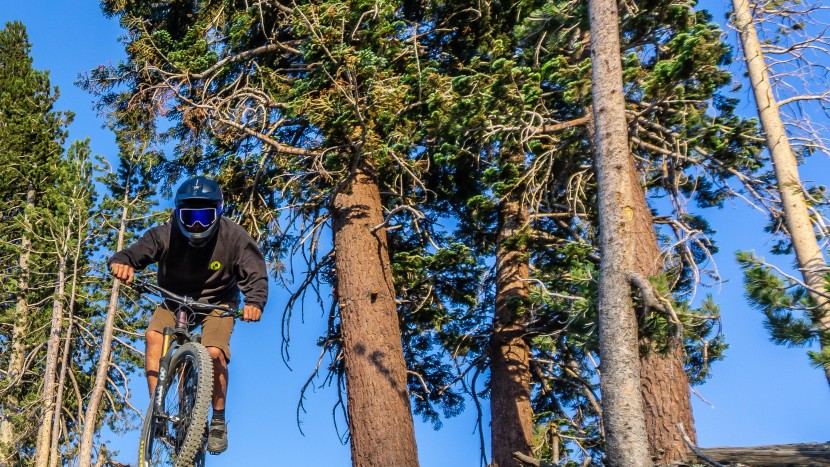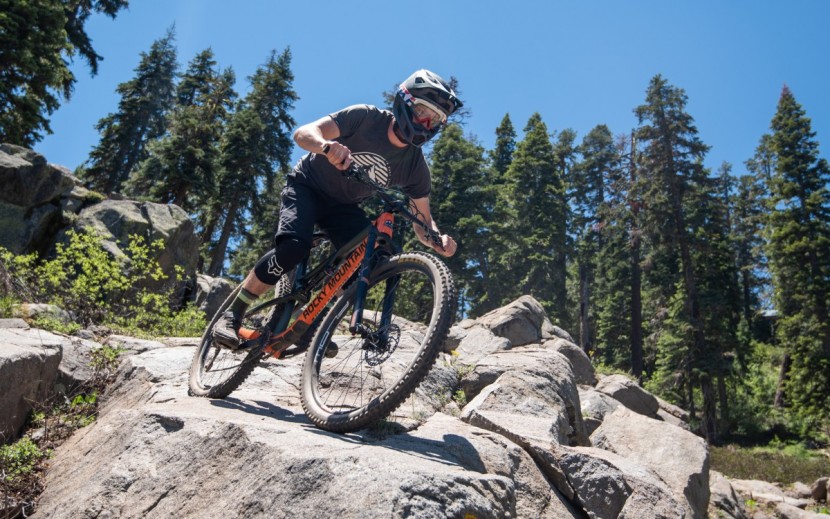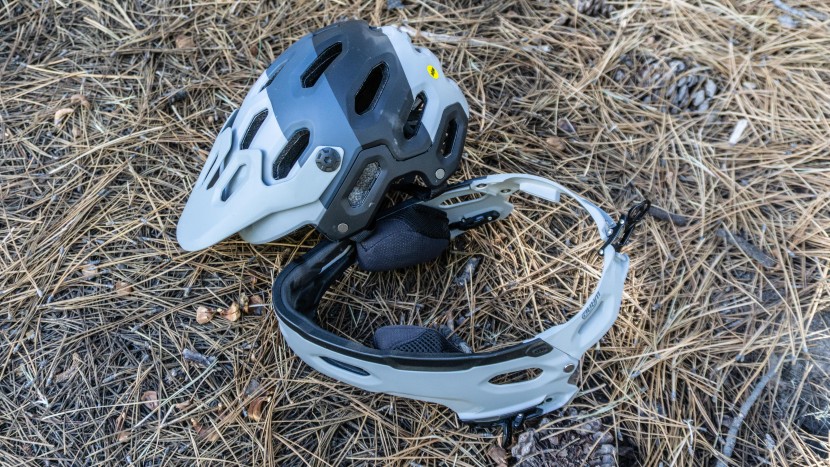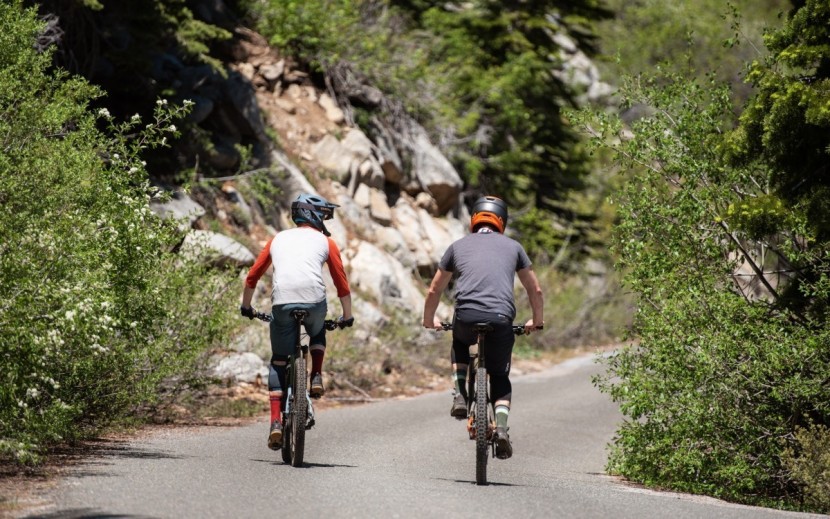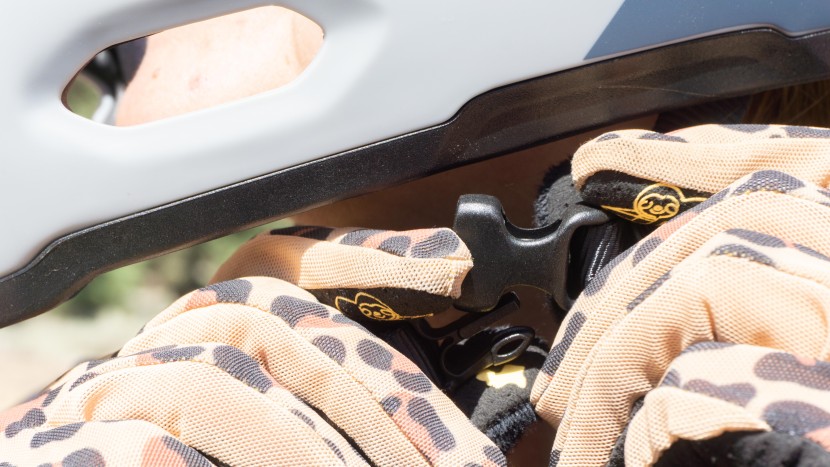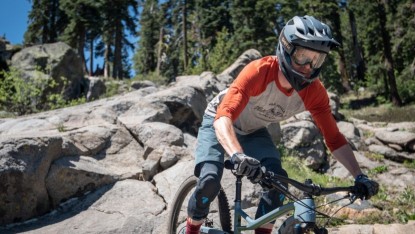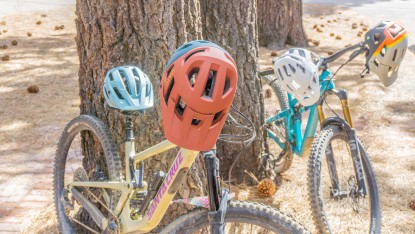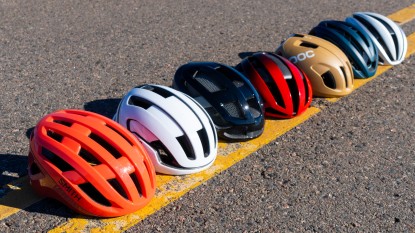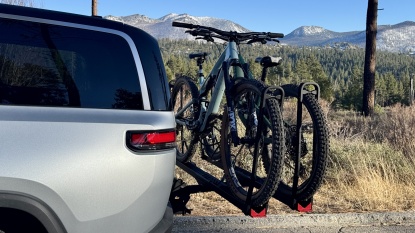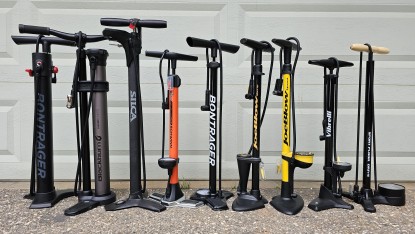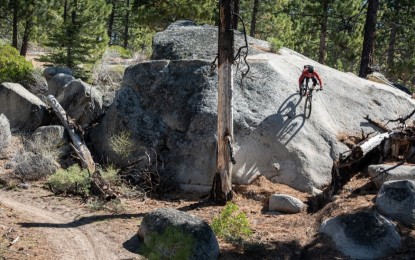Full face bike helmets are a great option for more downhill-oriented mountain bike rides. While it can be daunting to sift through the various types of gravity-fed helmets, there are a few basics that'll help you shop for your first, or next, head protection.
Do You Need a Full Face Helmet?
If you're new to this type of biking protection, a great first step is investigating whether you do or don't need a full face model in the first place. This class of helmet generally offers better protection than the half-shell models, and is typically designed to handle crashes at faster speeds, which is more likely in downhill riding than cross country or trail biking where you're earning your gravity-fed riding by pedaling uphill first. If you spend any amount of time at a bike park or shuttle cars to get to the top of a downhill line, a full face helmet is a worthwhile consideration. In addition to better impact protection, a full face helmet also provides much better coverage than a half shell, as the name implies. If it's rare for you to car shuttle or ride a lift to go biking, it might not be worth the financial investment to purchase a full face option, and a half shell model is likely to make more sense.
Full Face Bike Helmet Certifications
Any helmet, whether full face or not, must meet the CPSC standards in order to be sold in the U.S. The highest standard in this category is downhill-specific and is labeled as: ASTM F1952, which involves much more rigorous testing than your basic CPSC examination, testing coverage and higher impact speeds associated with downhill biking. A downhill biking helmet does not have to have the ASTM F1952 stamp to be sold in the U.S. Fortunately, we conduct additional impact testing here at Gear Lab to give you more information before making a purchase.
Types of Full Face Helmet
Full face helmets may at first glance all look the same, but there are a few sub categories that are helpful to be aware of while you shop.
Downhill-Only
The most protective, durable, and heavy duty options in the full face world are typically designed to be worn for downhill biking only, where size and weight are less crucial. This is best for riders staying on lift-accessed trails or on car shuttle rides with a clean and consistent downhill, since these can be pretty unpleasant to pedal due to their lack of ventilation.
Enduro Helmets
Enduro helmets strike a great balance for riders who want both protection and comfort. They sit between lightweight trail helmets and the heavy-duty downhill models, giving you full-face coverage without feeling bulky. Thanks to their lighter weight and extra ventilation, these helmets let you pedal up smaller hills comfortably and still feel confident on steep descents. While tough enough for some bike park days, you'd probably want a true downhill helmet if logging dozens of days on the lift in a given season, but if you'll be doing some pedaling, this is a great option.
Convertible Helmets
Enduro racing has inspired some cool new helmet designs called convertible helmets. These helmets have a chin bar you can take off, so you can wear them as a full-face helmet when going downhill or as a half-shell when climbing. This makes them perfect for riders who spend a lot of time pedaling up before speeding down. They're lighter and more breathable than regular downhill helmets, making them comfortable for long rides—but they might not offer enough protection if you're all about riding bike parks every day. Overall, convertible helmets give you flexibility and good protection for mixed riding styles.
Motorcycle and Dirtbike Helmets
While these helmets look and feel similar to a helmet designed for downhill mountain biking, Moto helmets are certified by the Department of Transportation and can legally be worn on a motorized vehicle on the road. A full-face mountain bike helmet should never be worn on any motorized vehicle because it is not rated for as high speed crashes as a helmet that is DOT certified. DOT helmets are being worn by some downhill/bike park riders who feel that they offer superior protection for the types of impacts they are likely to take. We've heard arguments on both sides though we haven't seen any scientific studies which side with either camp.
None of the full-face helmets in our test meet any DOT certifications. Whether or not DOT certified helmets make for more protective bicycle helmets, we will leave to the inter-web debaters, though a helmet designed for mountain biking is sure to be more ventilated and comfortable.
Final Considerations
After you've determined the right class of full face helmet for you and your riding, it's time to look at the more granular details of your prospective model. Fit is one of the most crucial components, and we strongly suggest purchasing a helmet that offers multiple sizes of cheek pad. While it can feel rough initially, a slightly tighter fit is typically preferred, as the pads break-in over time. Many of our testers are also big fans of a boa tightening system, which is more common in half shell models, making it much easier to fine-tune how your full face adheres to your head. Other aspects of a model that may impact your decision includes the chin strap, which can be similar to a half shell or more akin to a motorcycle helmet, and some visors are fixed while others are adjustable.


